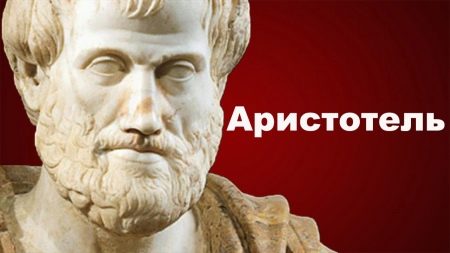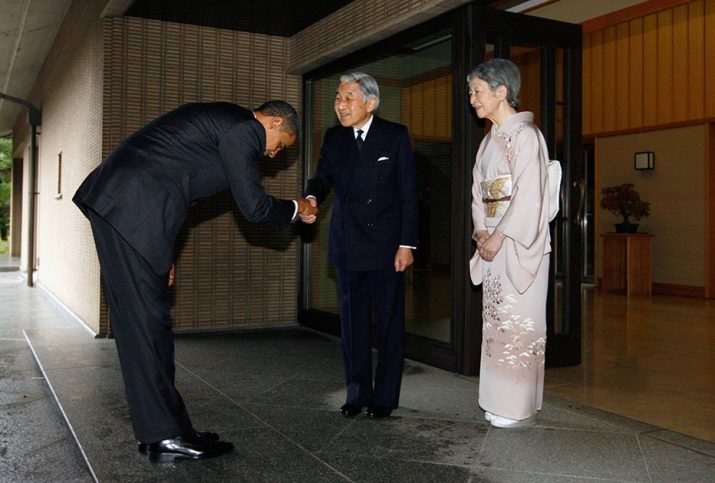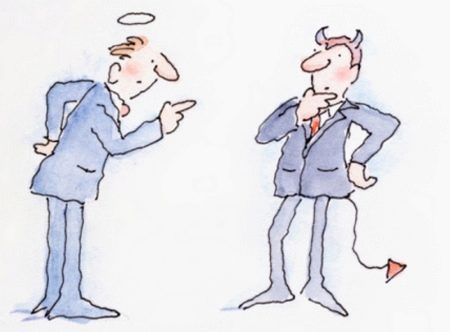The concepts of "ethics" and "etiquette" are pretty close, so many people confuse these categories, the names of which, moreover, are very similar. To avoid such unpleasant mistakes, you should figure out what is the subject of ethics and what is etiquette, what is the difference and where do these two spheres converge. To do this, you must first turn to the origin and development of concepts and trace the stages of qualitative changes in their understanding.

What it is?
Both that and another is an integral part of social life, the generally accepted or unwritten form of regulation of relations between people. Norms and rules of behavior in society, understanding of responsibility for one’s actions and differentiation of right and wrong are instilled in everyone from childhood.
In the process of growing up and forming a personality, some norms can be deformed or considered by a person to be non-binding. The problem lies in the understanding of which norms are advisory in nature and which rigid taboos lie behind.

The origin of the concept of "ethics" is ancient Greek, from the word ethos, which means "temper, habit, custom." The philosopher Aristotle was the first to speak of him, introducing the category into everyday life. He singled out ethics as an independent section of practical philosophy, although initially its subject was slightly different from modern understanding.

Until about the era of the New Age, ethics was considered a science of the soul and nature of a person, the reasons for his actions and how to achieve a certain ideal perfect state, that is, it included the fields of psychology, anthropology, natural philosophy and social philosophy. Subsequently, ethics diverged from related disciplines and focused on its main subject - the study of morality.
Ethics aims to resolve several key issues. First of all, it is the distinction between good and evil, right and wrong, permissible and unacceptable. Next, the question arises of the dichotomy of the due and the desired, that is, the problem of a person’s moral choice. And already this implies the need to first deal with free will, whether it is there, is it inherent in a person initially or is formed in the process of development, and is the individual free to control it himself.
In a wider, universal sense, ethics includes, among other things, reflections on the meaning of life, the search for the purpose and essence of human being.


Morality
The leading objects of ethics as a theoretical discipline are the categories of morality. This inseparable couple is still the subject of controversy and discussion about their boundaries, nature and definitions. The currently generally accepted concept comes down to the following definitions:
- Morality (from lat. moralis, which means "relating to morals") is defined as a way of normative, accepted in a particular society form of action and behavior.
- Moral it is a more subjective concept and relates primarily to the method and norm of an individual’s internal self-regulation based on his free will.


Thus, it is obvious that the moral norm is social, characteristic of a certain society and is protected by it. You can talk about the morality of different peoples and different social groups, which sometimes are strikingly different from each other.
Morality requires some kind of social institution that evaluates the behavior of its members and marks it as appropriate or inappropriate.
Morality, on the other hand, refers to a person’s inner convictions and is controlled exclusively by his own conscience. In this case, the individual must achieve a certain level of self-awareness, self-organization and responsibility for the actions or omissions to be performed in order to determine for himself the boundaries of the permissible and correct.

Etiquette
Despite the fact that the very concept of “etiquette” was formed relatively recently (by the standards of philosophical terms) - in the 17th century, in one form or another, the idea of it existed among all peoples since the formation of ancient civilizations. A strict ceremonial was adopted in Ancient China and Japan, the ancient Greeks and Romans followed the generally accepted canons of behavior, even the semi-wild nomadic peoples had an internal hierarchy and a number of traditional rituals. During the formation of absolutist monarchies in Europe, it was precisely the ingenious court etiquette that completely separated the nobility from the common people.
Under the etiquette in the modern world is meant a set of rules of conduct adopted in a particular society, which defines the boundaries of the permissible and unacceptable and regulates a certain sequence of actions in typical situations. These rules in most cases are, rather, recommendatory, informal in nature. However, if they are not respected, society can apply sanctions to those who violate various types of measures, starting from lowering the interpersonal rating up to complete exclusion from the group.

Obviously, there are differences between the norms of etiquette of different peoples, eras, cultures and social groups. Conventionally, there are several types:
- Business Etiquette;
- secular;
- professional;
- ceremonial;
- ritual;
- situational.
All these species are interconnected, and the norms prescribed in them often overlap.


Common components
From the foregoing it clearly follows that both disciplines determine the norms and laws of social interaction, stabilize and regulate relations between people.Etiquette is often distinguished as an independent subsection of applied ethics, that is, that part of it, the task of which is to study the methods, consequences and problems of the practical application of moral dogmas. Sometimes etiquette is even called “small ethics”, wanting to emphasize the relationship between them.
In one form or another, etiquette rules are based on the laws of desired behavior developed by society that contribute to a comfortable and pleasant solution to a particular situation for all parties.
The ultimate goal of etiquette is to create at least the appearance of a cultural, intelligent, and conflict-free society. In a broad sense, all this regulation is based on the idea of a correct, conscious, trustworthy individual, focused on productive and positive joint activities. And all these problems are already a direct field of ethical consideration.

Distinction of concepts
Despite the many similarities, the subject of ethics is much wider and more voluminous. Many fundamental ethical issues, for example, good and evil in human nature, freedom of choice and responsibility for it, the problem of moral choice and personal conscience, are completely alien to etiquette. The main thing in etiquette is a formal adherence to the rules, rather an external action rather than the internal state of the person committing it. The difference between ethics is a more sensitive, deeper attitude to the human soul, its impulses, throwings and development.
Moreover, since the sphere of competence of ethics is more global, the responsibility for violation of its norms is much more tangible. If a person who violates etiquette is considered to be uneducated and uncultured, then someone who has crossed the boundaries of the ethical will be called immoral, immoral, or even inhuman. Some fundamental moral standards are so important for the very existence of society that they are prescribed in regulatory documents and protected at the state level.

Norms and Rules
The main rule of ethics, it is the golden rule of morality, is known to everyone: "treat others as you want to be treated." In other words, ethical attitude to the world should begin with the formation of the moral core of the individual. A man is not moral, unable to distinguish the right from the wrong, to stint his interests for the sake of duty and justice, unable to be guided by the ideals of honor, dignity and conscience, is simply not able to become a bearer of morality.
The correlation of morality and ethics in ethics is inextricably linked with constant self-improvement, hard and regular internal work.
The etiquette norm is manifested in the correct situational behavior, adequate and predictable for other participants in the reaction interaction. At the same time, the person’s internal state, his desire or unwillingness, consent or protest against these norms are not taken into account. Compliance with a certain etiquette is based on business, family, and friendships.

Norms of ethics and etiquette do not always coincide with each other. Violations of interpersonal rules, non-compliance with the rules of behavior at the table, the use of inappropriate vocabulary and other minor inconsistencies with etiquette do not always conflict with the ethical core of the individual. Mostly because they are too insignificant and fleeting. On the other hand, a person can consciously violate generally accepted norms of behavior, act unpredictably and incorrectly, from the point of view of etiquette, thereby wanting to emphasize his disagreement with the foundations, to show a moral position.
See what the good manners are and why they are needed at all in the next video.










